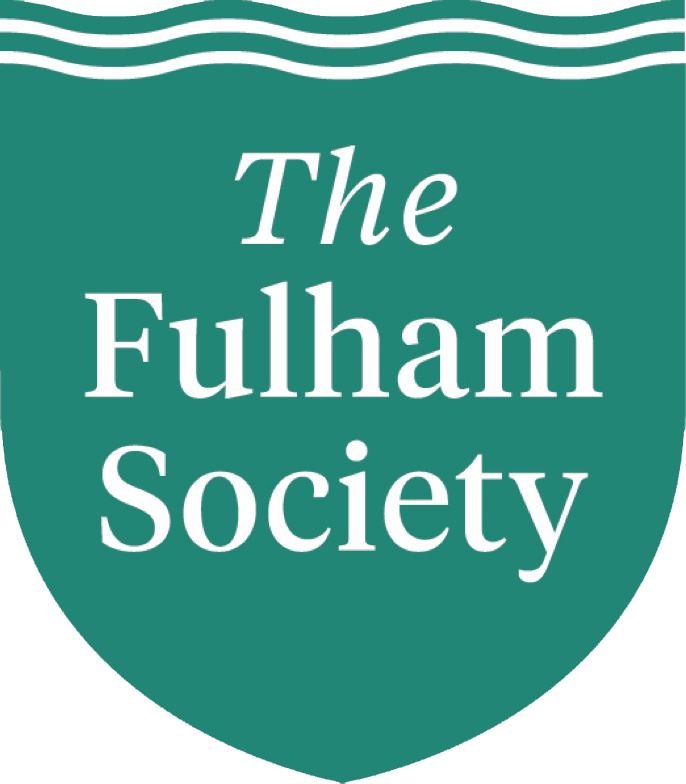Hammersmith Bridge: History
History of Hammersmith Bridge.
The current Hammersmith Bridge was designed by Sir Joseph Bazalgette and rests on the same pier foundations constructed for Tierney Clark's original structure. The new bridge was built by Dixon, Appleby & Thorne and was opened by the Prince of Wales on 11 June 1887. With much of the supporting structure built of wrought iron, it is 700 feet (210 m) long and 43 feet (13 m) wide and cost £82,117 to build (equivalent to £9.2 million in 2019).
The IRA's first attempt to destroy Hammersmith Bridge occurred on Wednesday 29 March 1939. Maurice Childs, a women's hairdresser from nearby Chiswick, was walking home across the bridge at one o'clock in the morning when he noticed smoke and sparks coming from a suitcase that was lying on the walkway. He opened it to find a bomb and quickly threw the bag into the river. The resulting explosion sent up a 60-foot column of water. Moments later, a second device exploded causing some girders on the west side of the bridge to collapse and windows in nearby houses to shatter.
On 26 April 1996, the Provisional IRA attempted to destroy the bridge after installing two large Semtex devices on the south bank of the Thames. Though the detonators were activated, the bomb, the largest Semtex bomb ever found in Britain at the time, failed to ignite.
At 4:30 am on 1 June 2000, the bridge was damaged by a Real IRA bomb planted underneath the Barnes span. Following two years of closure for repairs the bridge was reopened with further weight restrictions in place.
Structural problems
Hammersmith Bridge has long suffered structural problems and has been closed for lengthy periods on several occasions, due to the weight and volume of road traffic, which the bridge was not originally designed to support.
The bridge was refurbished in 1973 with replacement steel trusses, improvements to the mid-span hangers and new deck expansion joints. New deck timbers were installed and surfacing was changed from wooden blocks to coated plywood panels. These panels were subsequently replaced in 1987.
In 1984, the Barnes-side tower bearings failed under a heavy load and had to be replaced.
In February 1997, the bridge was closed to all traffic except buses, bicycles, motorcycles, emergency vehicles and pedestrians to allow further essential repair works. Structural elements of the bridge had been found to be corroded or worn, in particular cross girders and deck surfacing, as well as some areas of masonry.
The bridge re-opened in July 1998 to all road users subject to a 7.5-tonne weight restriction and with a priority measure in place for buses. Local bus flow was controlled by traffic lights, and routes were required to convert from double-decker buses to smaller single-deckers to reduce the load on the bridge.
As part of the renovations following the 2000 bomb attack, the bridge received a complete new paint job restoring it to the original colour scheme of 1887, and new lighting was installed.
The bridge was declared a Grade II* listed structure in 2008, providing protection to preserve its special character from unsympathetic development.
Hammersmith & Fulham Council has been responsible for the bridge since 1985 when the GLC was abolished. A Comprehensive Structural Integrity Review in 2014 revealed that the bridge had been poorly maintained for decades and the bridge was temporarily closed to traffic to allow repairs. Further repairs and strengthening works were delayed in in a wrangle over funding between Hammersmith and Fulham Council and Transport for London.
TfL has been managing the restoration of the bridge since 2015 as it is a vital part of London’s strategic transport system and a major North-South arterial route. In normal circumstances structural repairs to the bridges over the Thames are a fraction of the current c.£150M budget for Hammersmith Bridge. This very substantial cost arises largely from the design of the structure with cast iron and design restrictions on the repair methods imposed by Historic England Grade ll* listing status.

